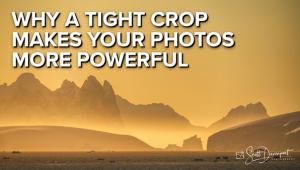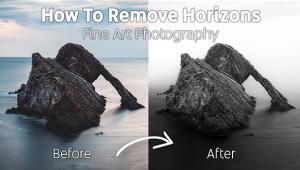Business Trends
Photo Email Marketing Spam Or Business Builder
| If all the trends and innovations in the marketing and business of photography, one of the most exciting is e-mail marketing. This can be considered as a supplement to your advertising and direct mail and is a great way to reach current and prospective clients. Your challenge is to create relevant and meaningful e-mail promotion rather than just "spam." Make A List Have A Goal A Case Study "I decided to try my hand at e-mail marketing because it was an inexpensive way to do a direct mailing and one I could control on my own," said Ross. "I knew it would be possible to change the piece as often as I deemed necessary and at no further expense. How can you beat that? "I started by targeting big architectural and interior design companies in the New York area. Since that was a short list, I then included smaller firms within the New York area but still the list was too short. Then I began thinking 'big' in a different way. Why not include national firms that have New York branch offices? It eventually became evident that there wasn't any necessary reason to limit my prospects to New York alone. Why not include all the major American cities? And so the campaign grew. "It's a daunting effort and it's one I do myself. As you might imagine, it takes a lot of time. I'm now including names of graphic designers and design firms in order to reach a wider audience. I've created a second and distinctly different series of photos for this particular audience. It includes product and travel industry work. One thing I have learned is that as you keep doing the e-mail marketing, you will keep coming up with more ideas as to how and to whom you can market." Keep It Flowing "Once a month each promo goes out to an ever-increasing list of potential, as well as already existing, customers. I use eight images as they happens to fit within my Outlook Express window comfortably and it shouldn't matter if someone has a 15" or 20" monitor, as long as they scroll down their e-mail program's screen. I ask them to do that right off the bat at the top of the text message. The text message is short and to the point. I simply state my name, say what I do, and offer a link to a free, communal web site where I exhibit more of my work." Measure The Response Ross told me, "My average response rate (and that's just the positive response rate) is around 4 to 5 percent and definitely on the rise. There are more hits to my site than there are responses to my e-mail. Very few firms care to see a traditional book anymore, so it's important to use the Internet to market your work. Creating an acceptable e-mail promotion campaign by finding a balance between interest, format size, and brevity, all those elements are important." Tech Tips
|
- Log in or register to post comments
















































